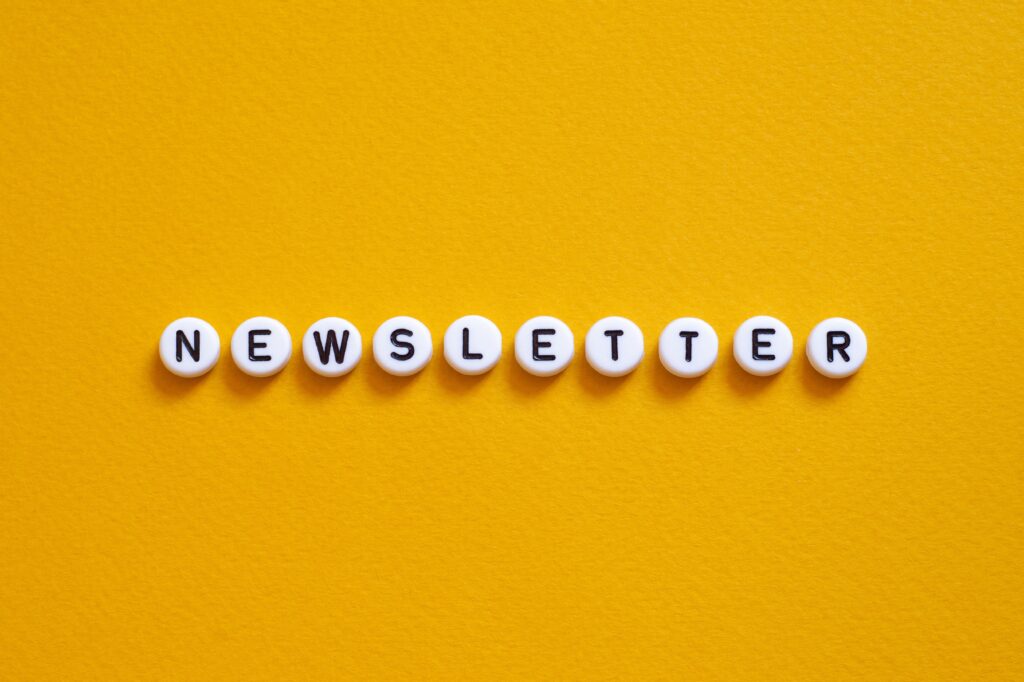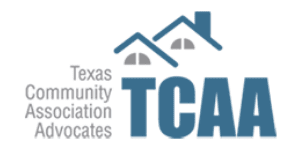An HOA newsletter is a valuable tool for communication and community building within a homeowners association. It serves as a direct line of communication between the HOA board and residents, providing updates, announcements, and important information regarding the community. A well-crafted newsletter can foster a sense of belonging, transparency, and engagement among residents.
In this article, we will explore the key elements of writing an effective HOA newsletter, including content ideas, design tips, and best practices for distribution. Whether you’re a seasoned board member or new to HOA management, this guide will equip you with the knowledge to create a newsletter that informs, engages, and strengthens your community.
The Importance of HOA Newsletters
HOA newsletters play a crucial role in keeping residents informed and engaged in their community. They provide a platform to share updates on HOA activities, maintenance projects, upcoming events, and important announcements. By regularly communicating with residents, the HOA board can foster a sense of transparency and trust, leading to greater resident satisfaction and participation in community affairs.
Newsletters also serve as a valuable resource for residents, providing them with essential information about community rules, regulations, and guidelines. They can also be used to promote community events, encourage resident involvement, and highlight the achievements and contributions of community members.
What’s Included in an HOA Newsletter
The content of your HOA newsletter will vary depending on the specific needs and interests of your community. However, some common elements include:
Welcome Message
Start with a warm welcome from the HOA board, setting the tone for the newsletter.
HOA Updates
Provide updates on recent board meetings, decisions, and ongoing projects.
Community News
Share information about upcoming events, social gatherings, and community initiatives.
Maintenance and Repairs
Inform residents about planned maintenance activities, repairs, and any disruptions to services.
Financial Reports
Provide a summary of the HOA’s financial status, including income, expenses, and reserve funds.
HOA Rules and Regulations
Remind residents of important community rules and regulations, addressing any common concerns or violations.
Resident Spotlight
Feature a resident or family, highlighting their contributions to the community.
Contact Information
Include contact information for the HOA board, HOA management company, and other relevant services.
Tips for Writing an Effective HOA Newsletter
To ensure your HOA newsletter is informative, engaging, and well-received by residents, consider the following tips:
Know Your Audience
Tailor your content to the interests and needs of your residents. Consider conducting surveys or polls to gather feedback on their preferences.
Keep It Concise
Present information in a clear and concise manner, using bullet points, headings, and subheadings to improve readability.
Use Visuals In Your HOA Newsletters
Incorporate images, graphics, and charts to make your newsletter more visually appealing and engaging.
Maintain a Consistent Schedule
Establish a regular publishing schedule, whether it’s monthly, quarterly, or bi-annually, to keep residents informed.
Proofread Your HOA Newsletter Carefully
Before distributing your newsletter, ensure it is free of errors in grammar, spelling, and punctuation.
Choose the Right Format For Your HOA Newsletter
Consider the preferences of your residents and the resources available to you. You can choose from print, email, or online formats.
HOA Newsletter Templates and Design Ideas
If you’re looking for inspiration or a starting point for your HOA newsletter, consider using HOA newsletter templates. These templates provide a pre-designed layout and structure, making it easier to create a professional-looking newsletter. You can find free or paid templates online or through HOA management services.
When designing your newsletter, consider the following tips:
- Use a Clear and Legible Font—Choose a font that is easy to read, such as Arial or Times New Roman.
- Use White Space Effectively—Don’t overcrowd your newsletter with text and images. Use white space to create visual breaks and improve readability.
- Use Color Sparingly. Use color to highlight important information or create visual interest, but avoid using too many colors, which can be distracting.
- Include a Call to Action. Encourage residents to participate in community events or provide feedback by including a call to action in your newsletter.
An effective HOA newsletter is a vital communication tool for any homeowners association. By following the tips and best practices outlined in this article, you can create a newsletter that informs, engages, and strengthens your community. Remember to tailor your content to the needs of your residents, use visuals to enhance readability, and maintain a consistent publishing schedule.
Partner with SBB | Manage Your HOA With Comfort
If you’re looking for professional assistance with HOA property management or HOA newsletter templates, consider partnering with SBB Community Management. With their expertise and experience, you can ensure your community is well-managed and your residents are informed and engaged.
Managing an HOA can be a complex and time-consuming task. If you’re looking for professional assistance with your homeowners association management, consider partnering with SBB Community Management. With over 45 years of experience, SBB, the premier HOA management company in Dallas and Houston, Texas, provides comprehensive HOA management services to communities in DFW.
SBB can assist with a wide range of HOA management services, including:
- Financial Management: Budgeting, accounting, and financial reporting.
- Community Management: Enforcement of rules and regulations, conflict resolution, and community building.
- Maintenance and Repairs: Overseeing maintenance contracts, coordinating repairs, and ensuring the upkeep of common areas.
- Administrative Support: Meeting minutes, record keeping, and communication with residents.
Reach out to SBB and learn how they can free up your time and resources to focus on other important aspects of community management.







